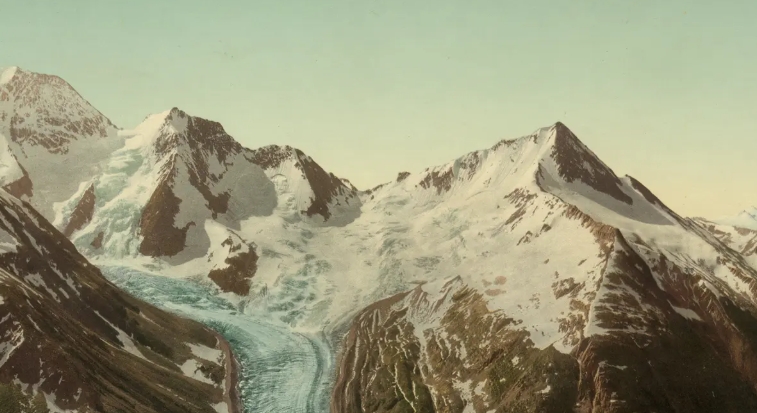When it comes to understanding the Earth’s processes, there are many misconceptions and myths that can lead to confusion. One common misconception is that volcanism is a type of diastrophism. However, this belief is incorrect, as volcanism and diastrophism are two distinct geologic phenomena with their own unique characteristics.
What is Diastrophism?
Diastrophism refers to the deformation of the Earth’s crust, which can result in the formation of mountains, valleys, and other landforms. This process is driven by tectonic forces, such as the movement of tectonic plates and the folding and faulting of rocks. Diastrophism is a slow process that occurs over millions of years and is responsible for shaping the Earth’s surface.
What is Volcanism?
Volcanism, on the other hand, is the eruption of molten rock, or magma, from the Earth’s interior onto the surface. This process is driven by the movement of magma through the Earth’s crust and can result in the formation of volcanoes, lava flows, and other volcanic landforms. Volcanism is a more rapid process than diastrophism and can lead to sudden and explosive eruptions.
Differences Between Volcanism and Diastrophism
One key difference between volcanism and diastrophism is their speed and intensity. While diastrophism is a slow and gradual process that occurs over millions of years, volcanism can be much more rapid and explosive. Volcanic eruptions can happen suddenly and with little warning, whereas diastrophism typically occurs over long periods of time.
Another difference is the driving forces behind each process. Diastrophism is driven by tectonic forces, such as the movement of tectonic plates, whereas volcanism is driven by the movement of magma through the Earth’s crust. While both processes involve the deformation of the Earth’s crust, they operate on different timescales and have different underlying mechanisms.
In conclusion, it is important to debunk the myth that volcanism is a type of diastrophism. While both processes involve the deformation of the Earth’s crust, they are distinct phenomena with their own unique characteristics. Understanding the differences between volcanism and diastrophism can help clarify the processes that shape the Earth’s surface and improve our overall understanding of geologic phenomena.

